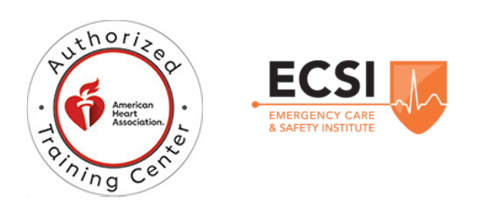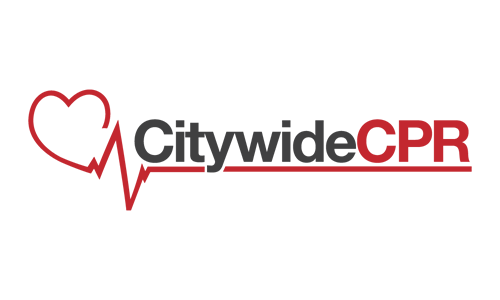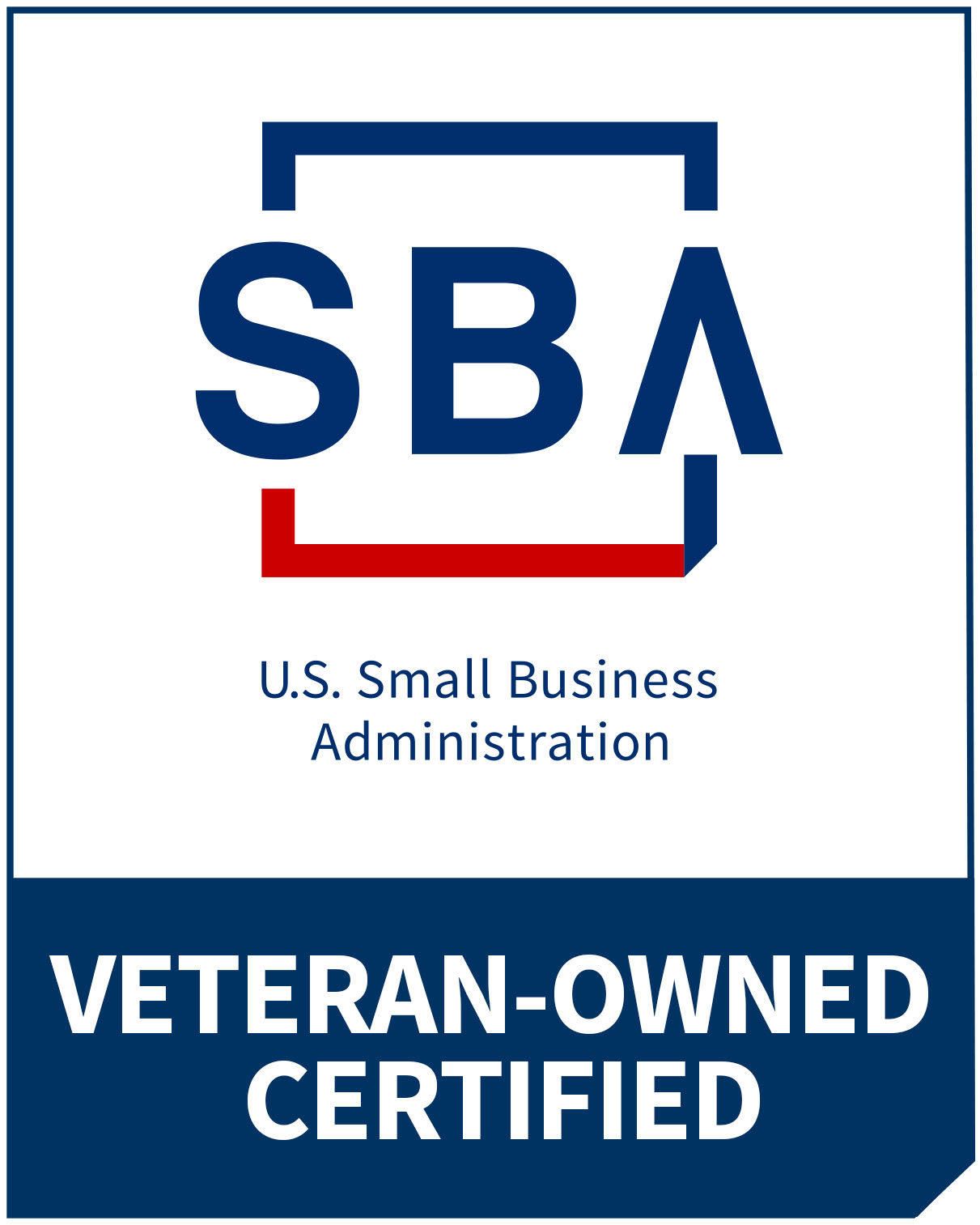Knowing how to properly administer CPR, or cardiopulmonary resuscitation can be vital not only to rescue personnel such as nurses, firemen, policemen, lifeguards and others, but also to a regular citizen. This is due to the inability to detect when a cardiac arrest incident can happen.
What is CPR?
CPR is one of the first aid practices that is widely promoted to be learned by a common citizen. This practice includes giving out compressions and breathing to a person suffering from a cardiac arrest. The American Heart Association (AHA) have recently updated the ABC approach to CAB or Compressions-Airway-Breathing. Recent studies have shown that the ABC approach lessens the rescue time by almost 20 seconds when airway is prioritized. With the new approach, the rescuer should give out compressions right away.
Also, the hands-only approach that consists only of compressions when giving out CPR can also be practiced. In fact, this method is targeted towards encouraging bystanders to administer first aid as soon as the need for it is recognized. Just like the usual approach, CPR must be continued until professional help arrives.
When is CPR administered?
An unconscious person does not necessarily need a CPR unless he or she has difficulty in breathing or not breathing at all and/or when his or her heart is not beating. A cardiac arrest can happen when a person suffers from a heart attack, stroke, allergic reaction, trauma to the neck and head part, near-drowning incident, severe electrocution, and bleeding. In these situations, it is important that both the rescuer and the victim’s safety is secured before administering CPR.
In cases of trauma, administering CPR can be more complicated. There are moments when a victim must not be moved depending on the trauma that the victim he or she has undergone. In these kind of situation, it is of utmost importance to keep all the variables in check and call professional help right away.
How is CPR Administered?
Hands-only CPR
This is one of the ways of carrying out CPR for an unconscious victim. To do this, the rescuer must place the heel of his hand over the chest of the victim, more specifically on the breastbone. Then the other hand must be put on top of the other with all of the fingers interlocked. After this, the rescuer must give out 100 to 120 compressions in a minute until professional help arrives.
30:2 Ratio
The hands-only approach was modified in order to focus on compressions when a cardiac arrest happens and a properly-trained rescuer is not around. The 30:2 ratio, on the other hand, can also be performed to help revive a cardiac arrest victim. This ratio refers to 30 compressions and 2 full breaths. The rescuer must give out 30 compressions and then breathe in two full breaths and then back to compressions. This cycle must be repeated until professional help arrives.





